King Arthur

King Arthur is possibly the most iconic king of Britain, and he's almost certainly legendary.
His reign is dated between the 5th and 6th century, but accounts of this famous king don't start showing up until the 9th century--and his Knights of the Round Table don't start getting written about until the 12th!
Pythagoras

Anyone who has taken a high school geometry class knows about Pythagoras and his famous theorem. Or at least we think we know about him.
In reality, everything we know about Pythagoras came from the writings of his followers, and many of these accounts are highly mythologized--including that Pythagoras was the son of Apollo. The man may very well have existed, but he's probably quite different than the stories told about him.
Homer
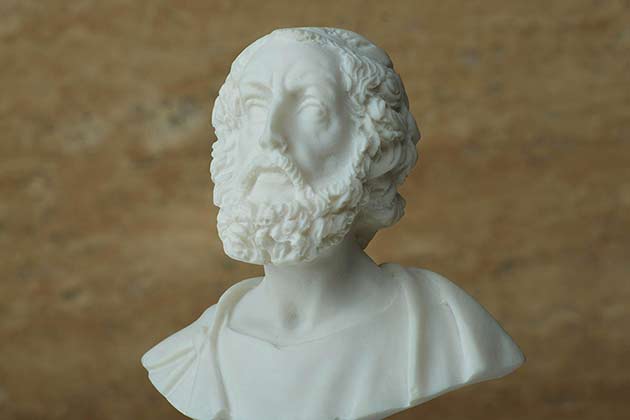
With his epic poems The Odyssey and The Iliad, Homer is one of the earliest and most influential authors on later literary tradition--and his identity and existence continue to be debated by scholars to this day. Because biographical information about him is scarce, it's difficult to assess his true identity.
And some say he was completely fictional and invented to give his two epic poems a single, coherent author.
Sun Tzu

The Art of War is an ancient Chinese book about military strategy attributed to the great Chinese general Sun Tzu.
Doubts about his existence have persisted since the 12th century, and many believe The Art of War is a compilation of military knowledge over decades or centuries, not the work of a single author.
Mulan

Most people these days associate Mulan with the hit Disney film of the same name. But that character was based on a real woman from Chinese history...maybe.
The legend of Hua Mulan has been a part of Chinese culture for centuries, and it deals with a woman who takes her father's place in the military and gains prestige and honor there. While there aren't any fantastical elements to this story, most scholars today believe the tale of Hua Mulan to be more myth than fact.
William Tell

William Tell was allegedly a man from the 14th century who was forced to shoot an apple off of his son's head with a bow.
Normally we would be disappointed to find out someone wasn't real, but in this case, we're kind of glad that no one has been able to find any hard evidence of William Tell and his iconic shot.
Betty Crocker

Betty Crocker has been providing us with the ingredients to delicious baked goods for years. But brace yourself for something bitter--Betty Crocker unequivocally does not exist.
The name was chosen by the bigwigs at General Mills because they thought it sounded friendly.
John Henry
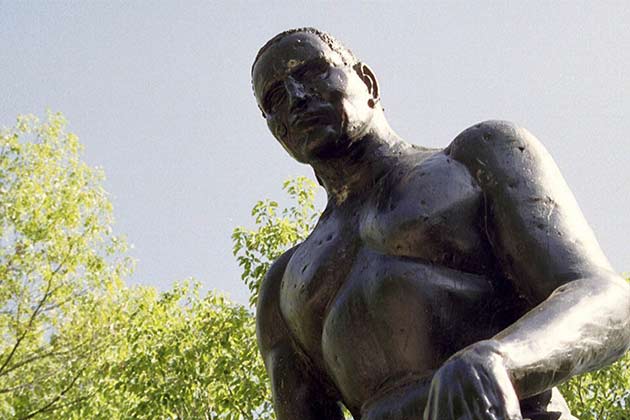
Of all the American legends, John Henry is the one we most wanted to be true...but it is almost certainly not. According to the story, John Henry was a former slave who won a rock-drilling competition against a steam-powered drill.
However, no hard evidence of his existence has ever been found, but that hasn't stopped him from inspiring numerous songs, stories, plays, and more.
Confucius
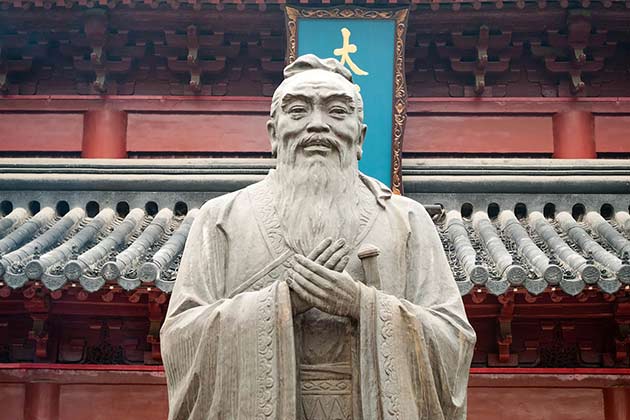
The philosophy of Confucianism has influenced Chinese society since its inception. But there is some debate about the historicity of its founder, Confucius. Some scholars have argued that many of the sayings attributed to him actually came from his disciples or other sources.
That being said, there is pretty solid evidence that some man name Confucius existed--whether he is solely responsible for Confucianism remains to be seen.
Robin Hood

He steals from the rich and gives to the poor--what's not to love about the ethically complicated scamp that is Robin Hood? While there have been numerous ballads and stories inspired by him, no one really knows much about the original Robin Hood, if he even existed at all.
One of the biggest problems is the name--both Robin and Hood were common names during the 13th century (when he was said to exist), making pinpointing a specific individual difficult to do.
Jack the Ripper

Jack the Ripper was a 19th-century figure responsible for the deaths of at least five women, but possibly more. While their deaths were genuine historical facts, the person responsible is not so clear.
Some have speculated that multiple people were responsible for what happened during this time.
Moses

Moses is an important figure in all three major Abrahamic religions, but evidence of his time in Egypt or of his existence at all isn't there. The Ancient Egyptians were meticulous record keepers, but, as of now, there is no evidence of an Israelite slave revolt in Egypt or any catastrophic plagues.
In all likelihood, the stories attributed to Moses were part of an older oral tradition that, over time, coalesced into the figure we find in the Hebrew Bible.
Socrates

Socrates is one of the most influential and opinionated philosophers of all time, and yet, he never said a word that we know of. All of the sayings and philosophies attributed to the man come from the writings of his disciples, particularly Plato.
There's a good chance that a very smart person named Socrates did exist and inspire these writings, but we have no way of knowing if he was similar to the way he was portrayed by his followers.
The Buddha

Buddhism is one of the world's largest and oldest religions, but questions surround its found, Siddhartha Gautama (aka the Buddha).
Biographical information about the Buddha did not begin to appear until centuries after his alleged death, and because this is ancient history we're talking about, hard evidence of his existence has yet to be found or has been lost to time entirely.
King Solomon
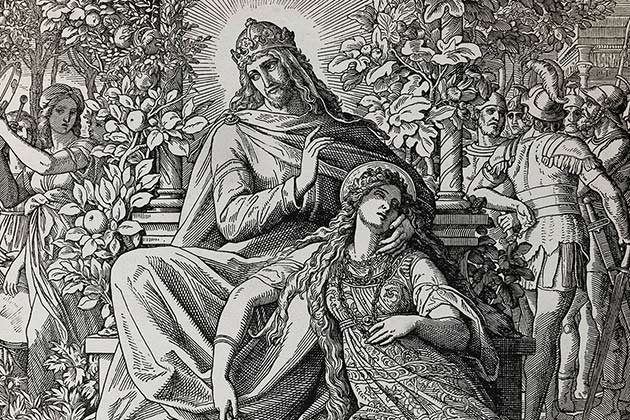
The biblical figure King Solomon is most famous for his wisdom and his construction of the First Temple, but evidence for his existence is scarce.
Outside of the Bible, there are virtually no sources that corroborate his story.
Jesus
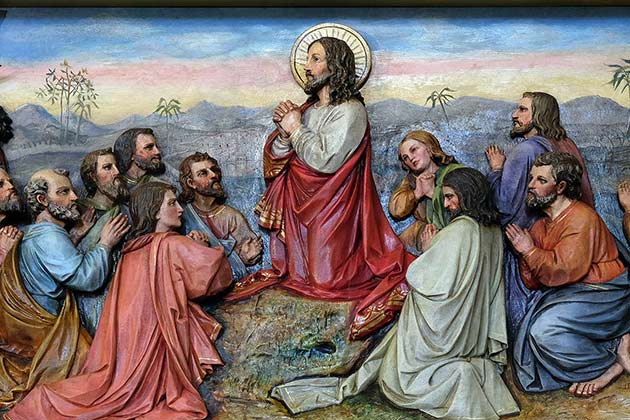
One of the most famous and controversial figures of all time, Jesus is a person whose historicity continues to be debated to this day.
While some thinkers believe that someone served as the inspiration for the stories about Jesus (miracle-working Messiahs were a fad at the time), there's no way to verify that the stories found in the Gospels are actually accurate.
Helen of Troy

Helen of Troy was an important figure in Homer's Odyssey and Iliad, as well as Greek mythology in general.
Allegedly she was the most beautiful woman in the world, and while there is some evidence that the city of Troy existed, Helen's existence is much more dubious.
Muhammad
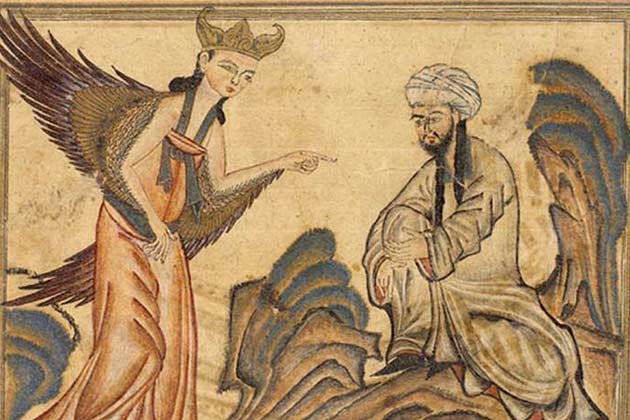
The prophet Muhammad, founder of Islam, almost certainly existed.
However, like Jesus, it is very difficult to establish whether or not the stories associated with him (which developed after his death) are an accurate, historical depiction of the man.
Sybil Ludington

Sybil Ludington is sometimes referred to as "the female Paul Revere" because she alerted the New York county of Putnam of the impending British troops during the Revolutionary War.
However, accounts of her ride didn't appear until 1880, which was over 100 years later.
Pope Joan

If the idea of a female pope sounds like a work of fiction, that's because it probably is. Pope Joan was allegedly leader of the Catholic Church during the Middle Ages, but both Church officials and scholars alike doubt her existence.
This is mostly due to the fact that stories of her life didn't appear until the 1300s, when she allegedly ruled during the 800s.
St. Christopher
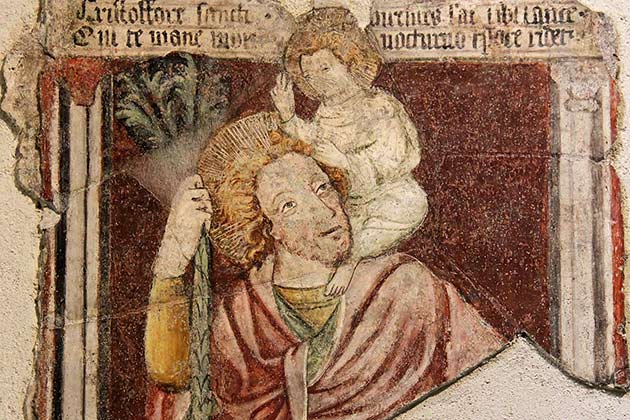
St. Christopher is one of the most well-known saints in Christianity, and while some saints did genuinely exist, St. Christopher is probably not one of them.
His existence is so in question that the Catholic Church actually dropped him from their calendar of required feast days.
Lycurgus
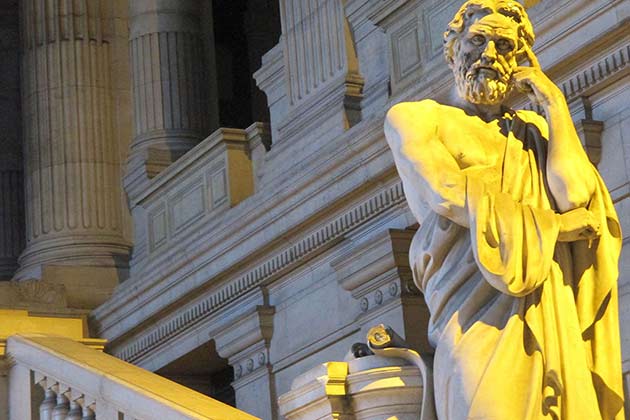
Lycurgus was allegedly one of ancient Sparta's most brilliant legal minds, and while numerous Greek writers mention him, their stories are conflict with one another.
Some scholars have hypothesized that Lycurgus was just a catch-all name that writers used when discussing Sparta's legal system at the time.
Laozi

Laozi is the figure credited with creating the ancient Chinese philosophy of Taoism.
Because of conflicting stories about his life, modern scholars have come to question his existence--instead arguing that Taoist writings came from a number of different sources, not a single man.
Aunt Jemima

Like Betty Crocker (and almost every other food-based mascot), Aunt Jemima did not exist.
In the late 1800s, Aunt Jemima was a stock character popular in minstrel shows, and Quaker Oats later used her to sell pancake mix.
Carolyn Keene

You might want to skip this slide if you're a Nancy Drew fan. Carolyn Keene isn't actually the author of the series--that was just the pen name used.
In reality, a group of multiple ghostwriters wrote (and continue to write) the stories.
Tokyo Rose

During World War II, Tokyo Rose was a well-known radio personality who spread English-language Japanese propaganda across airwaves in the South Pacific and North America.
That all actually happened, but in reality, Tokyo Rose wasn't a single person. Rather, it was a group of multiple women spearheading the propaganda efforts.
Paul Bunyan
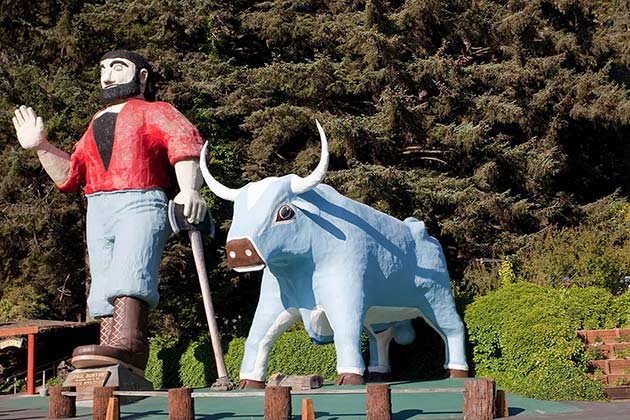
You're telling me giant lumberjacks don't exist? Color me surprised.
While the legend of Paul Bunyan might obviously be the stuff of myths, what makes him interesting is that his stories were based on two real-life lumberjacks--Bon Jean and Fabian Fournier.
Ann Taylor

Ann Taylor knows how to sell clothes to women, which is all the more surprising when you consider that she most certainly does not exist.
Brand founder, Richard Liebeskind, chose the name because it implied tailored clothes and sounded like someone from New England.
Rosie the Riveter

Rosie the Riveter was an iconic figure during World War II depicted as an American woman doing her part to support the war effort by manufacturing ammunition and other supplies.
However, there was no single Rosie. Instead, she was meant to represent the collective American women who supported the war effort at home through manufacturing.
Uncle Ben

If you learn anything from this slideshow it's this--don't trust the faces behind famous food brands! While the company that owns Uncle Ben's Rice claim that the name is based on a real-life African American rice grower, his likeness is fake.
The man in the pictures is actually Frank Brown, a maître d' whom the former president of Uncle Ben's knew personally.
 Author
Ron Winkler
Last Updated: December 07, 2025
Author
Ron Winkler
Last Updated: December 07, 2025